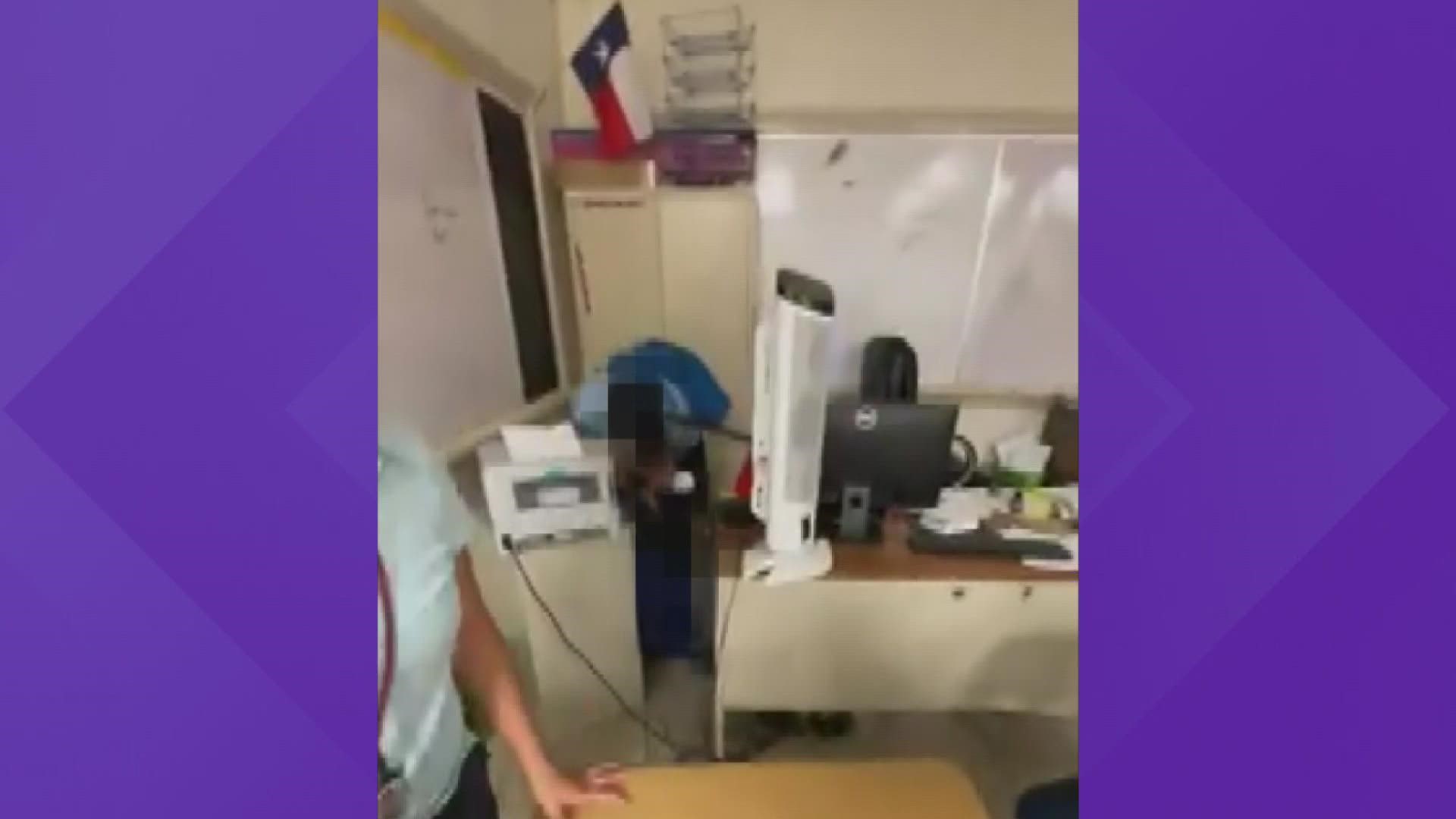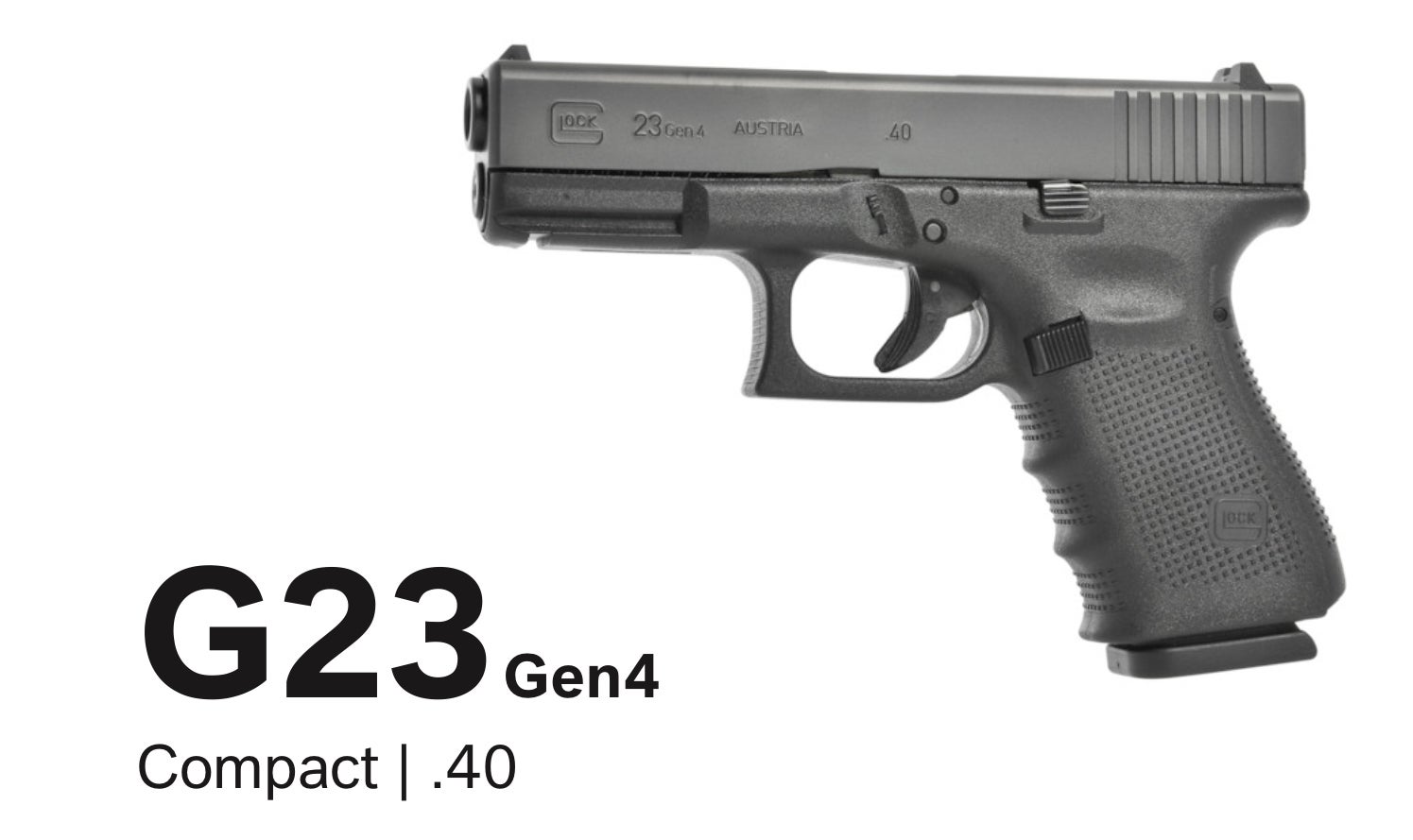Su 25 Fighter Jet - The Sukhoi Su-25 Grach (Russian: Грач (top); NATO reporting name: Frogfoot) is a small, single-seat, twin-engine aircraft produced in the Soviet Union by Sukhoi. It was designed to provide close air support for the Soviet Army. The first prototype flew on 22 February 1975. After testing, the aircraft entered serial production in 1978 at Tbilisi in the Georgian Soviet Socialist Republic.
Early variants include the Su-25UB two-seat trainer, the Su-25BM for target towing and the Su-25K for export customers. Some of the aircraft were upgraded to the Su-25SM standard in 2012. The Su-25T and Su-25TM (also known as the Su-39) are further developments, not in mass production. The Su-25 and Su-34 are the only single-wing armed aircraft produced in 2007.
Su 25 Fighter Jet
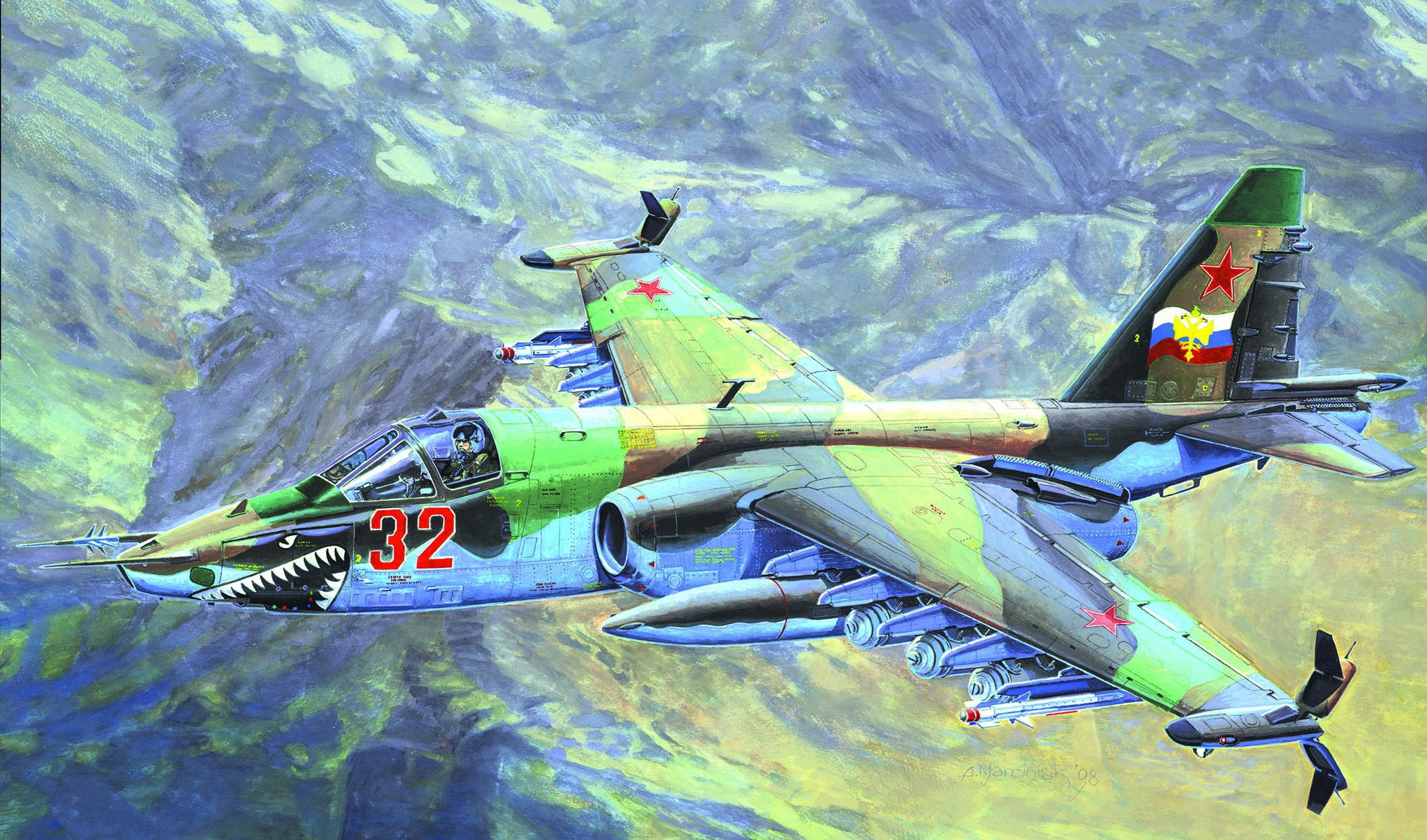
Su-25s are in service with Russia, other CIS members and export customers. Su-25 production in 2017 in Russia
Russia Says It Shoots Down Ukrainian Su 25 Fighter Jet
Since 41 years ago, Su-25 has participated in many wars. The type was heavily involved in the Soviet-Afghan War, flying counterinsurgency missions against the Afghan Mujahideen. It was used by the Iraqi Air Force against Iran during the 1980-88 Iran-Iraq War. Most of the Iraqi models were destroyed or transferred to Iran during the 1991 Gulf War. The Georgian Air Force used the Su-25 in the 1992-1993 Abkhazia War Macedonian Air Force used Su-25s against Albanian rebels in the 2001 Macedonian War, and in 2008 Georgia and Russia used two Su-25s in the Russo-Georgian War. African countries including Ivory Coast, Chad and Sudan have used the Su-25 in regional and civil wars. In fact, the Su-25 has seen service in Russia's intervention in the Syrian Civil War, the 2020 Nagorno-Karabakh war clashes, and the 2022 Russian invasion of Ukraine.
In early 1968, the Soviet Ministry of Defense decided to build a special armored stormtrooper to provide close air support for the Soviet ground forces. The idea of creating ground support aircraft came after analyzing the experience of ground attack aircraft (shturmovaya) in the 1940s, 1950s and 1960s.
The Soviet fighter-bombers (Su-7, Su-17, MiG-21 and MiG-23) armed or under development at that time did not meet the requirements for direct air support of the force.
There was no armor to protect the pilot and critical equipment from ground and missile fire, and the speed of flight made it difficult for the pilot to maintain visual contact with the target. With these problems in mind, Pavel Sukhoi and a team of renowned experts from the Sukhoi Design Bureau began the first design work in a short time with the help of the universities of the Ministry of Aviation Industry and the Ministry of Defense. .
Video Shows Russia Su 25 Jet Crashing Right After Takeoff: Ukraine
In March 1969, the Soviet Air Force announced a competition to develop a close combat support aircraft. The participants in the competition were the Sukhoi design bureau and the Yakovlev, Ilyushin and Mikoyan design bureaus.
Sukhoi completed its "T-8" design in late 1968 and began production of the first two prototypes (T8-1 and T8-2) in January 1972. The T8-1, the first assembled design of the aircraft, was completed on 9 May 1974. Another source says it was in November 1974. However, its first flight was not made until February 22, 1975, after long test flights by Vladimir Ilyushin. The Su-25 outperformed its main competitor in the Soviet Air Force, the Ilyushin Il-102, and serial production was announced by the Ministry of Defense.
During the flight test phases of the T8-1 and T8-2 models, the management of the Sukhoi Design Bureau announced that serial production of the Su-25 would begin at Plant No. 31 in Tbilisi, Soviet Republic of Georgia, which was the main production base for training MiG-21UM "Mongol-B". After negotiations and the completion of all stages of state trials, the Ministry of the Soviet Air Force authorized the production of the Su-25 in Tbilisi, and serial production could begin in 1978.
In the late 1980s and early 1990s, several variants of the Su-25 appeared, including new versions and variants for special missions. The most important projects are the Su-25UB two-seat trainer, the Su-25BM variable towing vehicle and the Su-25T for anti-tank missions. In addition, in 2001, Georgia developed a Su-25KM model in cooperation with the Israeli company Elbit Systems, but so far this variant has not been very successful. It was in 2007
Stormovik: Su 25 Soviet Attack Fighter (video Game 1990)
The Russian Air Force, which operates the largest number of Su-25s, planned to upgrade the aging aircraft to the Su-25SM type, but a lack of funding slowed progress; as of early 2007, only seven aircraft have been modified.
The Su-25 has a conventional aerodynamic layout with a shoulder-mounted trapezoidal wing and traditional tail and rudder. Many metals are used in the construction of the case: 60% aluminum, 19% steel, 13.5% titanium, 2% magnesium and 5.5% other materials.
All versions of the Su-25 have a metal wing, are easy to control, have a high profile and are equipped with high-quality equipment. The wing consists of two cantilever sections attached to the central torsion box, forming a single unit with the fuselage. Air brakes are located at the points at the end of each wing. Each wing has five weapon bays, with additional points mounted on the ribs and slots.
The boards are equipped with steel bands and rollers attached to the brackets on the back. Trapezoidal ailerons are located near the tips of the wings.
Su 25 Vs A 10: Here's Why The Frogfoot Might Be Better Suited Than The Warthog For Cas
The surface of the Su-25 is an elliptical, semi-monocoque, single-walled section, arranged as a longitudinal load-bearing frame of sections, girders and girders, and cross-loading at the parent node.
Early versions of the Su-25 were equipped with non-rear-mounted R-95Sh turbojets in sections on either side of the rear fuselage. The generators, subassemblies and surrounding vehicles are cooled by air provided by the cold air above the generator nacelles. The hydraulic system collects oil, residual hydraulic fluid and fuel from the engines after operation or after idling. Gene control systems can control any gene.
The automatic gun is located in a compartment next to the hull and is mounted on a support beam attached to the floor of the hull and the supporting structure of the front machine. The nose is equipped with special pitot traps and straps for service access.
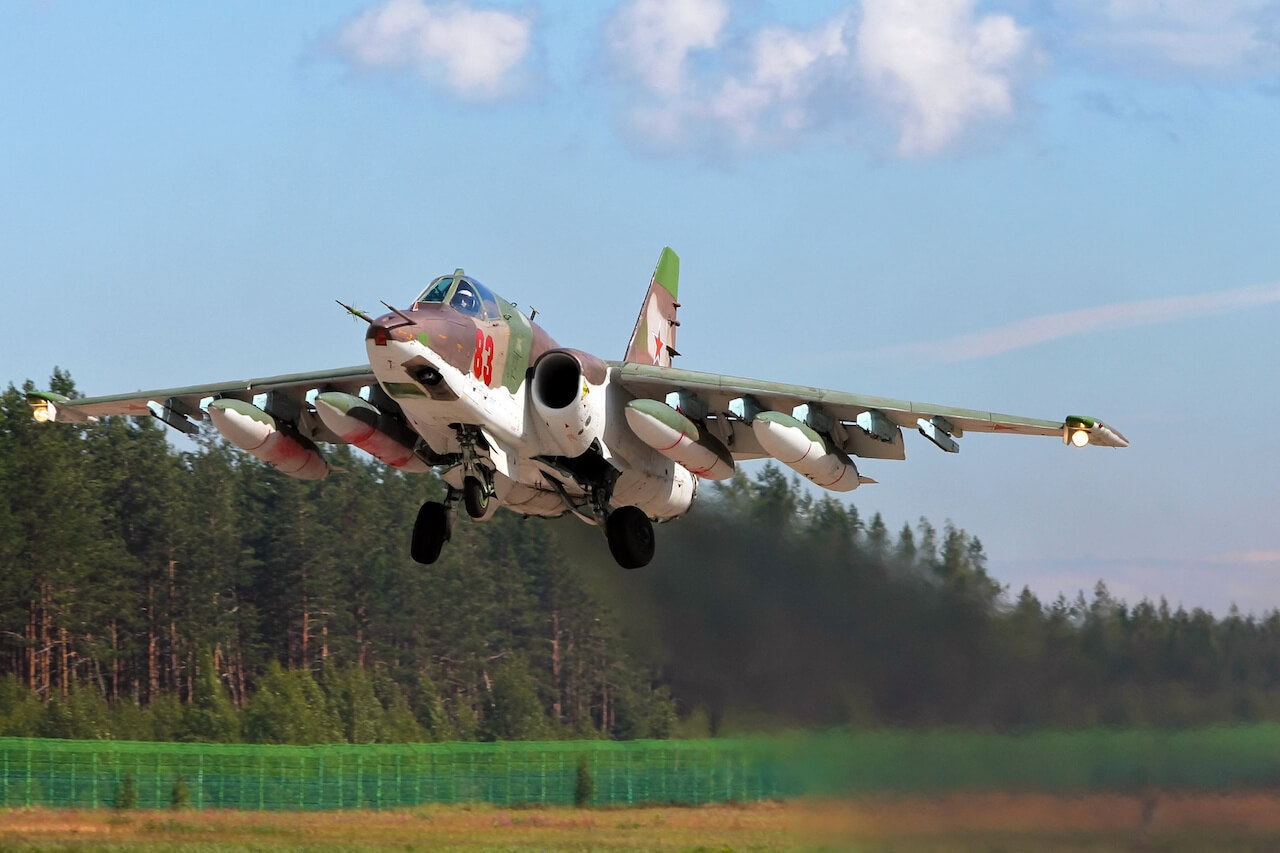
The pilot controls the aircraft using the center stick and the left throttle. The pilot sits in a Zvezda K-36 carriage (similar to the Sukhoi Su-27) with standard flight equipment. Behind the cockpit is a six-millimeter (0.24 in) thick steel header that is attached to the rear pillar. It has an armored enclosure in the form of a tub of welded titanium sheets, with transition openings in the walls. The guide rails for the ejection seat are mounted on the rear wall of the cockpit.
Su 25 (frogfoot)
The cockpit is on the right and the pilot is attached using a rotating ladder. Once inside, the pilot sits under the cockpit, protected by a shower enclosure that surrounds the narrow cockpit. Cockpit visibility is limited, at the expense of improved pilot protection. The rear sight is weak and a periscope is mounted on the shade for comparison.
A folding ladder built into the left cockpit provides access to the cockpit and to the top of the aircraft.
The base model Su-25 has several key avionics systems. It does not have a TV guide, but does contain a special nose laser array that is believed to provide laser detection.
DISS-7 Doppler radar is used for navigation; The Su-25 can fly at night, in all weather conditions, and in all weather conditions.
Ukraine Received Four Su 25 Jet Aircraft From North Macedonia
The Su-25 is equipped with several radios for air-to-ground and air-to-air communication, including the SO-69 idtification-frid-or-foe (IFF) transponder. The aircraft's self-defense kit includes various gauges such as flares and flares that can fire up to 250 flares and dipole flares. Misuse of the radar is protected by the SPO-15 radar transmitter.
The new Su-25TM and Su-25SM models have a combination of aircraft and armament that will improve survivability and combat capabilities.
The first Soviet Air Force Su-25 unit was the 80th Assault Aviation Regiment, formed in February 1981 at Sitalchai Air Base in the Azerbaijan Soviet Socialist Republic.

On 19 July 1981, the 200th Independent Attack Squadron redeployed to Shindand Air Base in western Afghanistan, becoming the first Su-25 unit deployed to that country. Its main task is to carry out airstrikes against military bases in the mountains and structures controlled by the Afghan insurgents.
Su 25 Frogfoot Jet Fighter Aircraft
Another Soviet Su-25 unit was the 368th Assault Aviation Regiment, formed on 12 July 1984 at Zhovtneve in Ukraine.
During the Soviet-Afghan war, the Su-25 fired 139 guided missiles of all types against Mujahideen positions. On average, each aircraft makes 360 units per year, which is significantly more than other combat aircraft in Afghanistan. During the war, about 50 Su-25s were delivered to Afghan air bases, carrying a total of 60,000 of the series. Between the first delivery in 1981 and the end of the war in 1989, 21-23 aircraft were lost in combat,
Second degree assault washington state, 2nd degree assault sentence, 2nd degree aggravated assault, 2nd degree assault mn, 2nd degree assault, 2nd degree assault definition, 3rd degree assault washington state, 4th degree assault washington state, 2nd degree felony assault, 4th degree assault washington, what is assault 2nd degree, 2nd degree assault charges


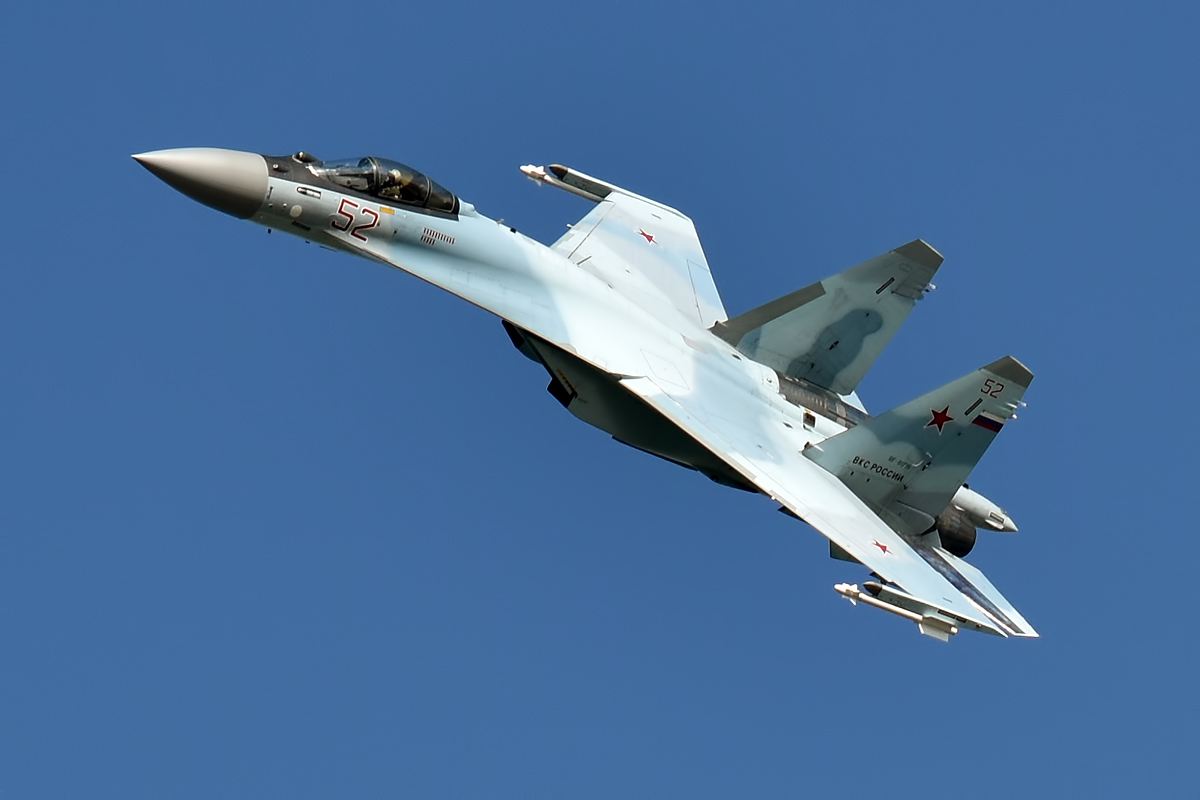
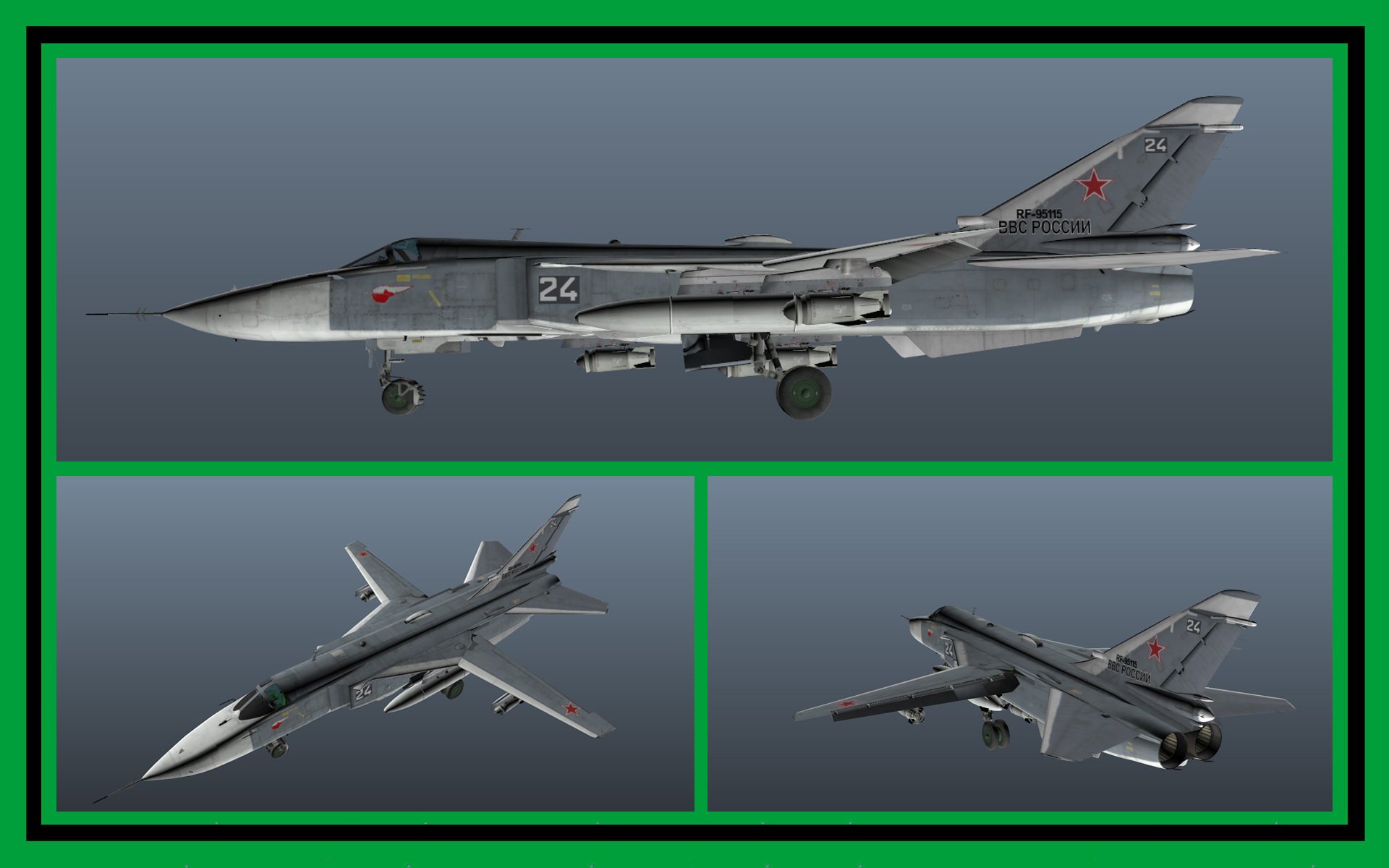

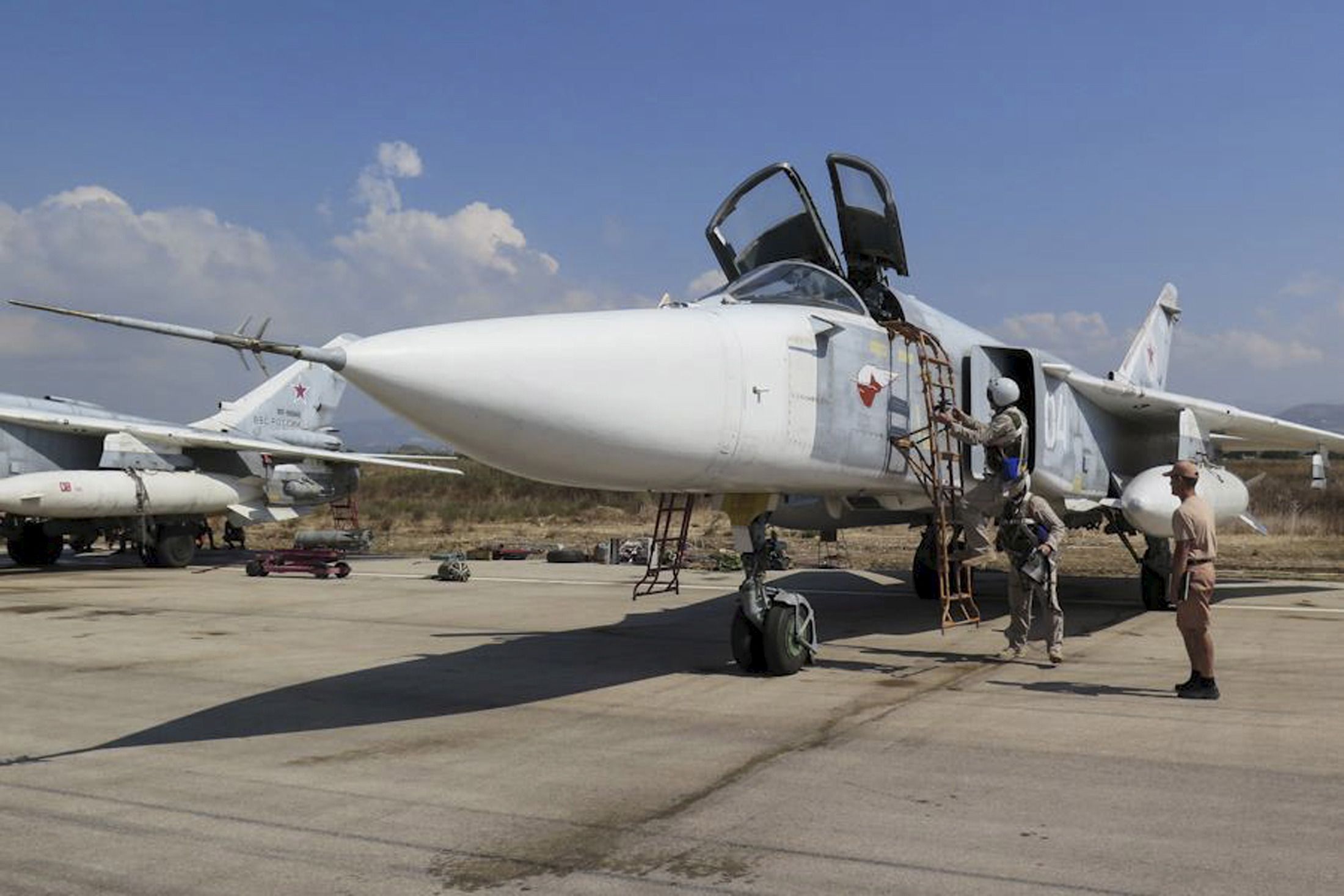
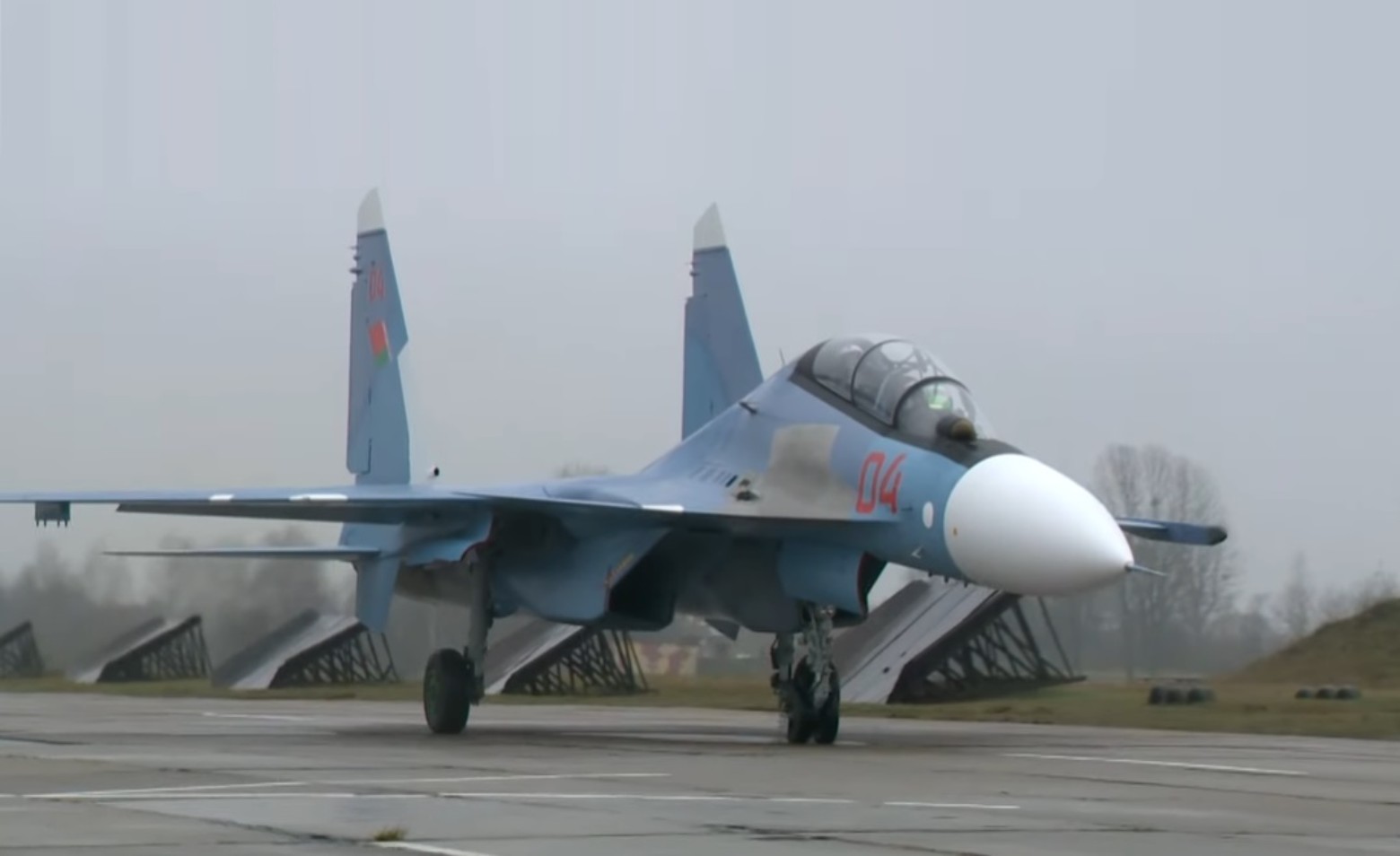


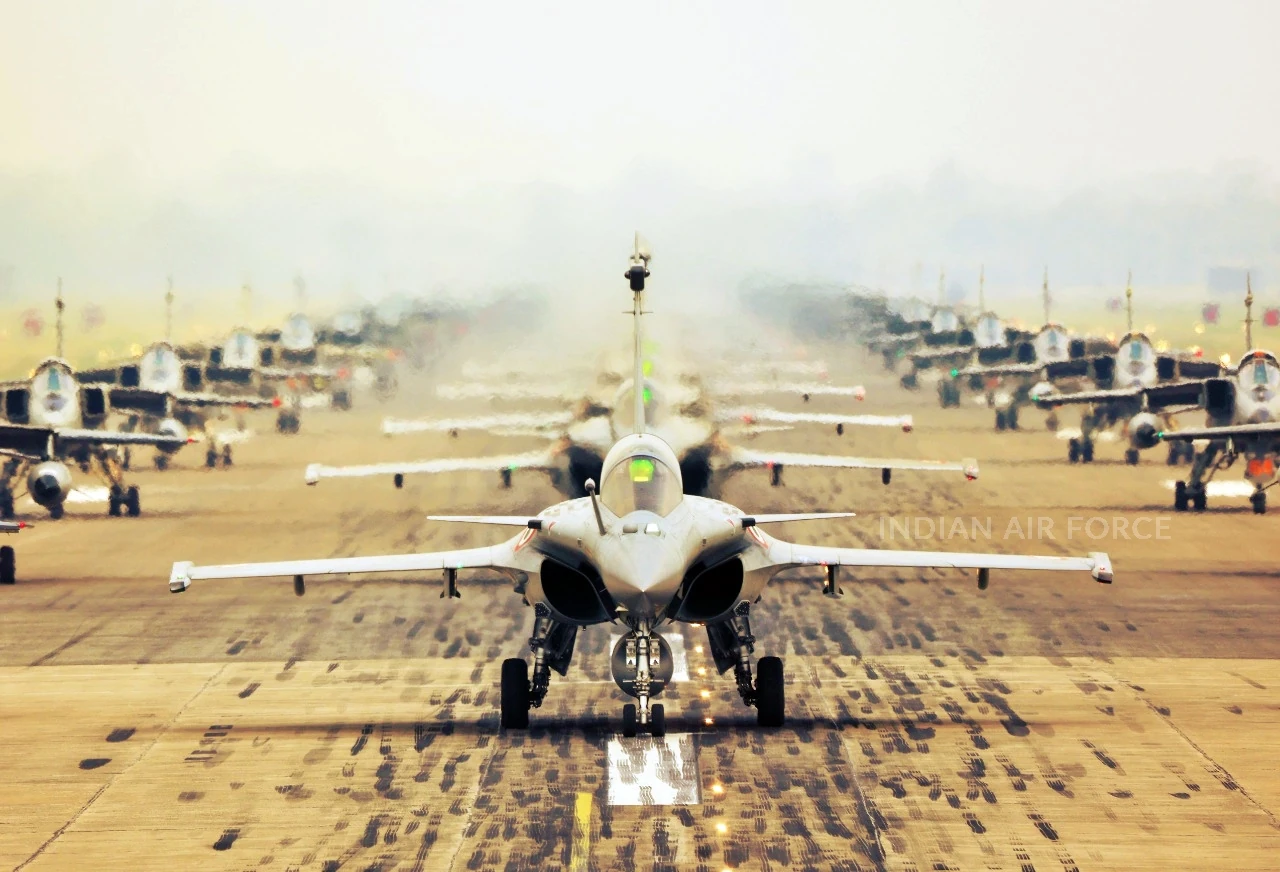





:max_bytes(150000):strip_icc():focal(907x0:909x2)/tiffani-shadell-lankford-2000-db364c347e344f40b7d525bd0396f91f.jpg)

